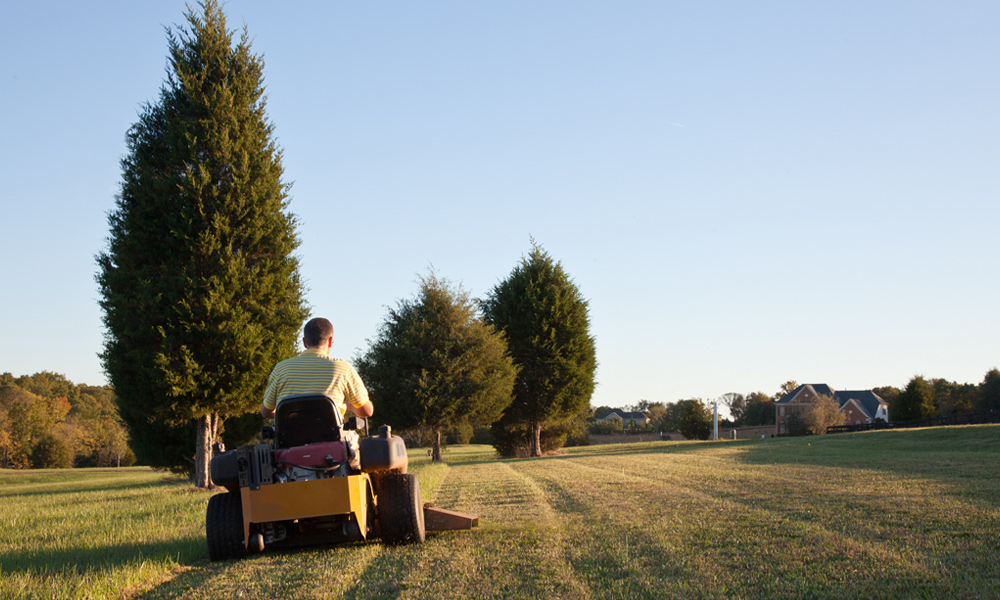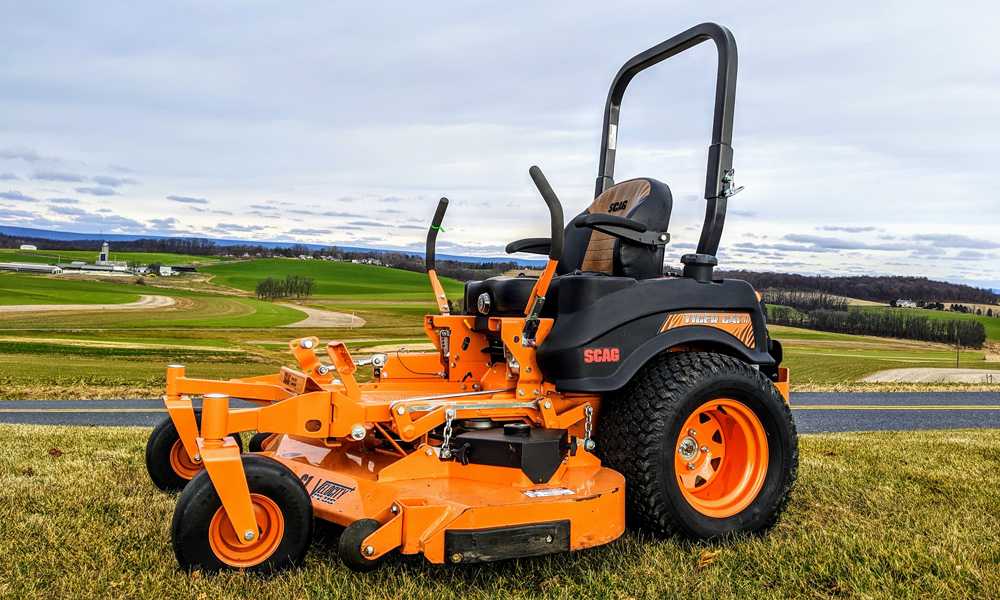Are Zero Turn Mowers Good on Hills? A Comprehensive Guide
Navigating Slopes with Zero Turn Mowers: Performance, Safety, and Tips
Zero turn mowers have become increasingly popular for their speed, efficiency, and maneuverability. However, many homeowners wonder if these mowers are suitable for use on hilly terrain. In this comprehensive guide, we’ll explore the performance of zero turn mowers on hills and provide helpful tips and advice to make your mowing experience as easy and efficient as possible.
Understanding Zero Turn Mowers
Zero turn mowers are a riding mower that can pivot 180 degrees, allowing for precise turns and excellent manoeuvrability. They feature a unique steering system that controls the rear wheels independently, making it possible to turn on a dime. These mowers are ideal for large lawns with tight spaces and obstacles.
Zero Turn Mower Performance on Hills
When it comes to hill performance, zero turn mowers can be a mixed bag. While they excel on flat terrain, their performance on slopes can be a bit more challenging. Here are some factors to consider when using a zero turn mower on hills:
- Slope Angle: Generally, zero turn mowers can handle slopes up to 15 degrees. However, their performance can vary depending on factors like the mower’s weight, tires, and engine power. Be sure to consult your mower’s owner’s manual for specific recommendations.
- Safety: Operating a zero turn mower on steep slopes can be dangerous, as the risk of rollover increases. Always use caution and follow manufacturer guidelines for safe operation.
- Traction: Traction can be a concern when mowing on hills. Zero turn mowers may struggle with traction on wet or slippery surfaces, which can affect their performance on slopes. Ensure your mower has appropriate tires for your terrain and consider adding lawn mower accessories like wheel weights for improved stability.
- Mowing Pattern: When mowing hills, use a diagonal or horizontal pattern to minimize uphill and downhill travel. This can help improve traction and prevent turf damage.
- Alternatives: If you have significant slopes on your property, a walk-behind mower or self-propelled lawn mower may be a safer and more effective option.
Tips for Using Zero Turn Mowers on Hills
If you decide to use a zero turn mower on hilly terrain, follow these tips for a safer and more efficient mowing experience:
- Inspect the Terrain: Before mowing, inspect the terrain for any obstacles or hazards, such as rocks, holes, or wet areas.
- Maintain Your Mower: Keep your mower well-maintained to ensure optimal performance on slopes. This includes regular lawn mower maintenance, such as checking tire pressure and ensuring the engine is in good working order.
- Avoid Sudden Movements: Make smooth, gradual turns and avoid sudden movements to maintain traction and stability on hills.
- Slow Down: When mowing on slopes, reduce your speed to maintain control and prevent accidents.
- Know Your Limits: If you’re unsure about your mower’s performance on a particular slope, consider using a different type of lawn mower that’s better suited for the terrain.
Conclusion
While zero turn mowers can be efficient and maneuverable on flat terrain, their performance on hills can be challenging. However, with proper safety precautions and adjustments to your mowing technique, you may be able to use a zero turn mower on slopes up to 15 degrees. Always consult your mower’s owner’s manual and follow the manufacturer’s recommendations for safe operation on hilly terrain.
In some cases, it may be more practical to opt for an alternative lawn mower, such as a walk-behind or self-propelled mower, which may be better suited for steep slopes. Regardless of the mower you choose, remember that regular maintenance, a thorough understanding of your lawn’s terrain, and safe mowing practices are essential for efficient and enjoyable lawn care.
To find the perfect mower for your lawn, be sure to check out our best lawn mower reviews and our guide on how to choose the right lawn mower for your terrain. Stay safe and happy mowing!

